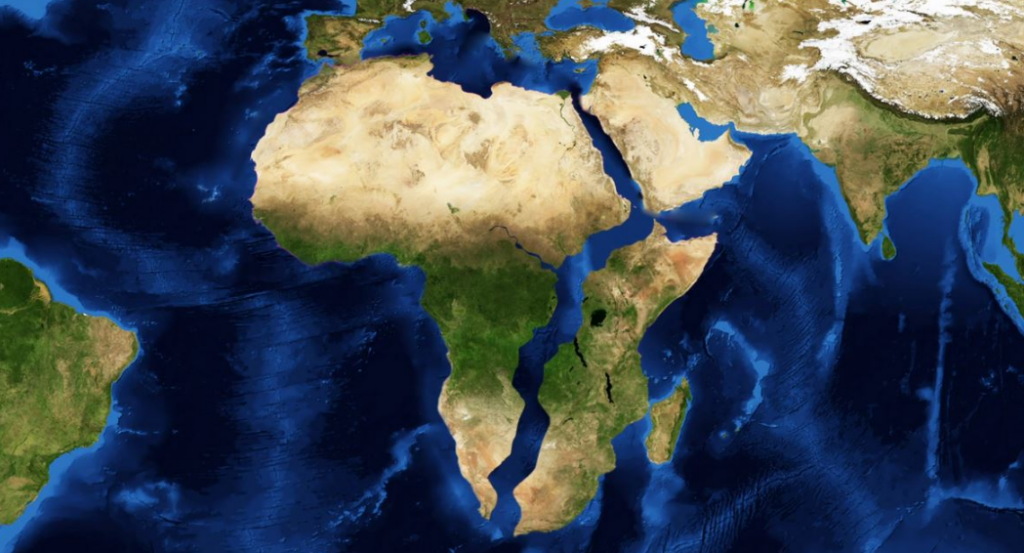
Africa’s slow but steady split into two sub-continents is becoming more apparent as the Somali and Nubian tectonic plates continue to separate from each other, while the Arabian plate pulls away. This gradual continental rift will take between five to 10 million years, with fault lines widening 7 mm every year, and create a new ocean basin between the sub-continents. The east African Rift Valley, a geologically active region, is where this phenomenon will occur, similar to the tectonic movements that happen at the bottom of oceans.

Geologists have long predicted this split, and it was confirmed in 2005 when a giant chasm emerged within days in the Afar desert in Ethiopia due to the eruption of the Dabbahu volcano. The junction of the Nubian Plate, Somali Plate and Arabian Plate sits at Afar, causing tension forces that lead to rifts. In 2018, a similar crack appeared in Narok, a small town roughly 142 kms west of Kenya’s capital Nairobi, reaffirming geologists’ theory that the rift is still active and the plate movement at the boundary is bringing about tension forces.

When the split finally occurs, landlocked countries such as Rwanda, Uganda, Burundi, the Democratic Republic of Congo, Malawi, and Zambia will inadvertently find themselves with a coastline, and thus, build harbors that connect them to the rest of the world directly. Kenya, Tanzania, and Ethiopia will have two territories each. The smaller portion containing Somalia, Eritrea, Djibouti, the eastern parts of Ethiopia, Kenya, Tanzania, and Mozambique where the valley ends may drift away, while the remaining larger Nubian Plate will see a coastline created for the several eastern and southern Africa countries that have traditionally relied on their neighbors for access to sea transport. This will inevitably bring about changes in the economy, politics, and culture of the affected countries, and may create new opportunities for growth and development.
